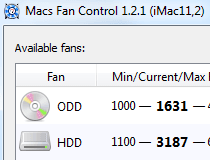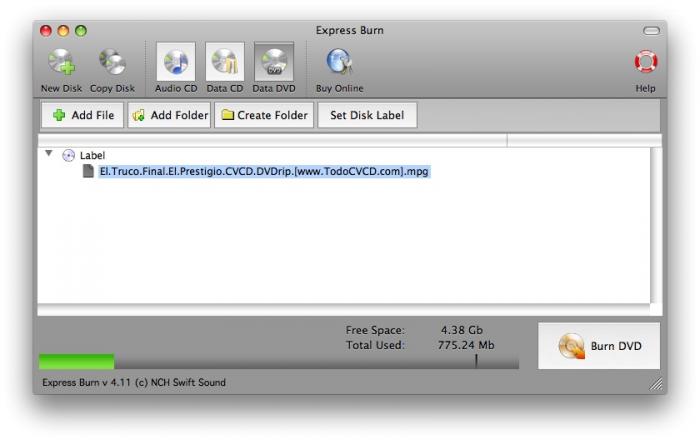
Bootcamp For Mac
Boot Camp is really just an app designed to assist you in making your Mac ready to accept a Windows, and then to allow you to download and install all of the necessary Windows drivers. That’s the core feature of Boot Camp, although it's true that Boot Camp does all this with the usual Apple flair, and by doing so, makes installing Windows on a Mac quite easy. In fact, many people buy portable Mac models just to run Windows, the reason being that the hardware is incredibly reliable and stable, and may be the best platform for running Windows. The second major function of Boot Camp Assistant is to install or remove a supported version of Windows (more on which versions are supported later). The installation process starts with Boot Camp Assistant creating a Windows; you can choose to divide your startup drive into two volumes, one for your current OS X data, and the other for your new Windows installation.
Boot Camp is software developed by Apple, in cooperation with Microsoft, designed to effectively run Windows on Mac hardware. By using Boot Camp, you don't have to choose whether to install either Mac OS or Windows.
You can select the size of the new Windows volume, and the partitioning utility will resize your OS X volume to make room for Windows. However, there are a few spots along the way that can cause trouble, the most important being the point where you choose where to install Windows.
This is part of the Windows install process as developed by Microsoft, and was never intended to be used on a Mac. As a result, when you're asked to select the volume to install on, you may see strange drive volumes, such as ones labeled EFI or Recovery HD. Only select the volume that is preformatted for Windows; selecting one of the others can overwrite your Mac’s data. For this reason I highly recommend printing out the Boot Camp Assistant guide (one of the options within the Boot Camp Assistant), so you can refer to the detailed instructions provided by Apple during the Windows install process.
— updated after BootCamp 5 release June 2013 — Where can you get a direct download of Windows drivers for Macs if BootCamp is stuck, and says ‘could not continue’ or you have some other problem downloading the drivers? The brute force solution: it’s a darned large download, so physically take your machine to somewhere with a very fast internet connection that can download 600MB – 1GB in a couple of minutes.
There, you’re done. Especially if you have a laptop, this would be the simplest solution – even take it to an Apple Store.  For the rest of us: • If you have 64 bit Windows 8, and your Mac is 2010 or later (2009 or later for Mac Pro) then see if this page works for you: • If not, then first find out your Mac’s ModelIdentifier • Q: How do I find my Mac’s Model Identifier?
For the rest of us: • If you have 64 bit Windows 8, and your Mac is 2010 or later (2009 or later for Mac Pro) then see if this page works for you: • If not, then first find out your Mac’s ModelIdentifier • Q: How do I find my Mac’s Model Identifier?
A: Open System Information, and look in the Hardware Overview section. In other words: Click Apple menu -> About this Mac -> More Info -> System Report -> Hardware.
Now, read down the list in the Hardware Overview panel, looking for Model Identifier • If you’re stuck, see the. • Note that a ModelIdentifierHasNoSpacesInItAtAll. • Second, get a download manager. You can try doing without, but the reason you’re on this page is that you’re having trouble getting a file to download reliably. A download manager such as or solves this problem. • Then, search for your ModelIdentifier in the table below.
Click the link to get the download package. Be patient as they are 600MB to over 1GB. It will be much simpler if you do the download in OS X, because OS X can open the downloaded file and also open the dmg file inside it. • Still in Mac OS X, once your pkg is downloaded, double click it and install to a folder on your hard drive so you know where to find it. During the Installation, click the “Change Location” option so that you can choose where it gets installed. • The folder contains a nest of folders, the last of which contains a dmg disk image file. Double click that to open.
This update also includes Safari 3, the latest version of Apple's web browser. Gom player for mac.